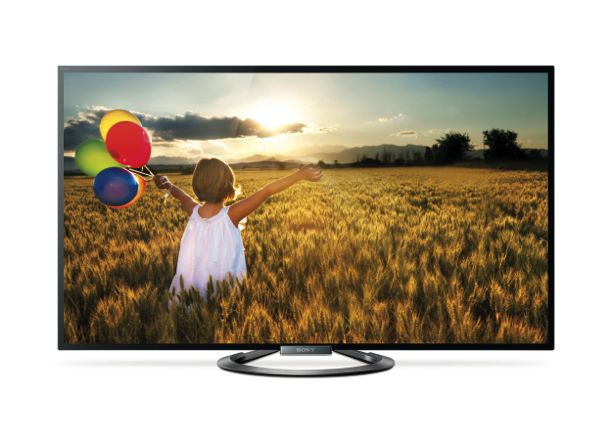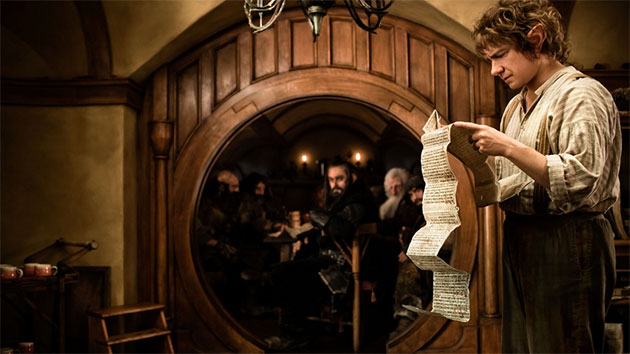Last week I wrote an introductory guide to buying a new flat screen TV. The 8-point buying guide covers the basics, from choosing the right sized screen based on the physical qualifications of your living room or mini home theater space to paying attention to the decals stuck on the screen advertising “Full HD” or “HD Ready” devices. In this piece, I give you three more pointers to consider when choosing your new flat screen.
1. Understand the Soap Opera Effect
You’ve seen it all in the demos but can’t quite define what it is. It’s when images on the screen are super smooth, it almost looks like real life — like a soap opera. Watching your favorite action flick can get a tad distracting when all of a sudden all the characters look all too perfect. I’ve personally gotten used to it (it looks especially great when watching CGI) but a lot of viewers tend to find this feature rather distracting. The good news is that you can actually turn this option off. The industry term for this feature is ‘motion interpolation’ but really, everyone calls it the soap opera effect. Different manufacturers have specific terms for this feature. For instance a Samsung TV from Richer Sounds calls this feature Auto Motion Plus and all flat screen TVs should have this feature to turn it off.
Peter Jackson shot The Hobbit to accommodate the Soap Opera Effect.

2. Upscaling, Explained
In the previous article, I pointed out that 4K TV sets are the wave of the future but there’s a huge disparity between the hardware and the media that is being produced to fully enjoy the 4K experience. The videos you see being played in stores are more often that not, demo reels. But, one of the best features of the 4K TV, at least in my opinion, is the way they upscale your old media. I actually have a detailed account of my experience with Sony’s new 4K Bravia line but if you’re too lazy to read that, I’ll summarize it into this: modern TV’s have a tendency to upscale the quality of your content to better the viewing experience, especially for bigger screens. A movie in 720p that is upscaled to 1080p looks great but a movie in 1080p upscaled by a 4K TV is quite an amazing feat. Although it doesn’t refresh the quality to four times the resolution of 1080p, it does a great job of pushing the quality to 2K resolution, which is two times better than 1080p. To the naked eye I actually could not tell the difference and if you’re on one of the smaller 4K screens, it won’t even matter. So yes, if you’re opting to buy a 4K TV< you will be able to enjoy your old media repackaged into 2K awesomeness. 3. There's a way around Flat Audio If your concern is audio, flat screen TV's, by nature have had this as their waterloo compared to their CRT precursors. Old cathode ray tube TV sets are their own subwoofers because of the nature of their construction. There's enough bass to resonate inside that square box. With flat screen TV's, there's none of that so audio might seen a bit flat especially for the low bass notes. Luckily, we've been seeing innovation in this field with some manufacturers addressing this concern. The Bravia line for instance incorporates NASA-inspired technology to create the surround sound experience with a set of specialized speaker ducts along the hidden perimeter of the TV to produce the bass.
